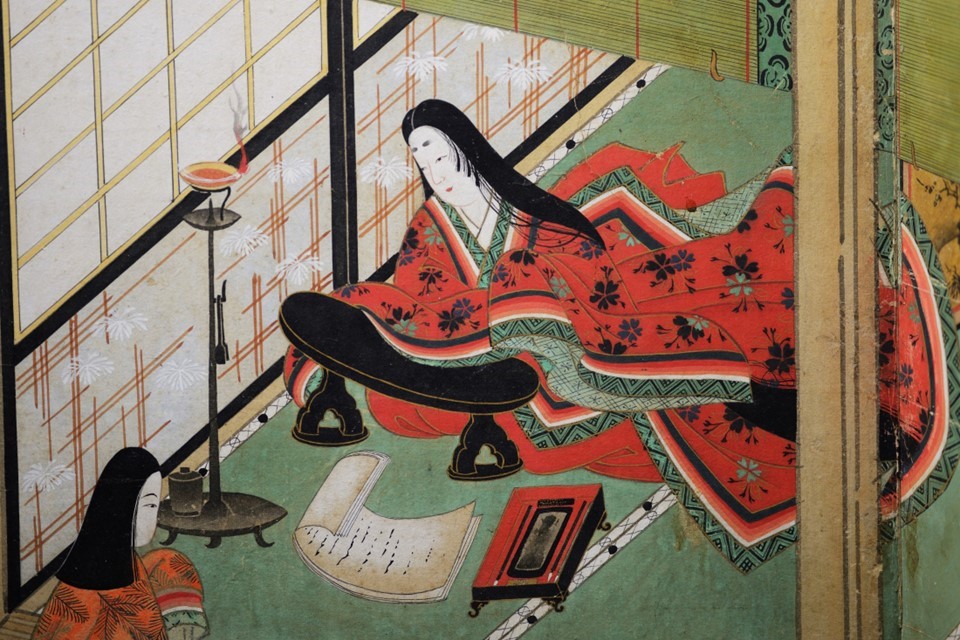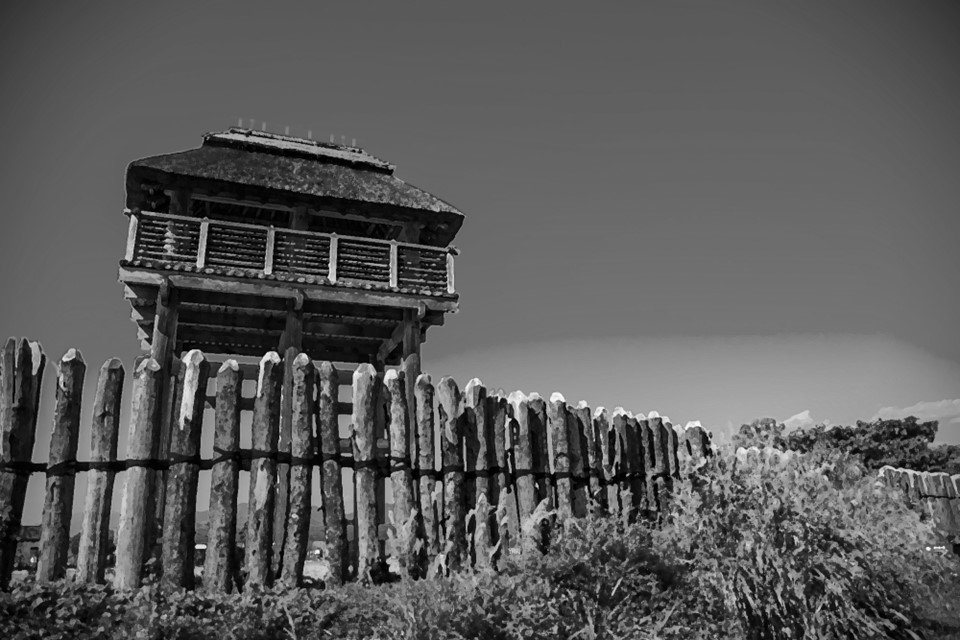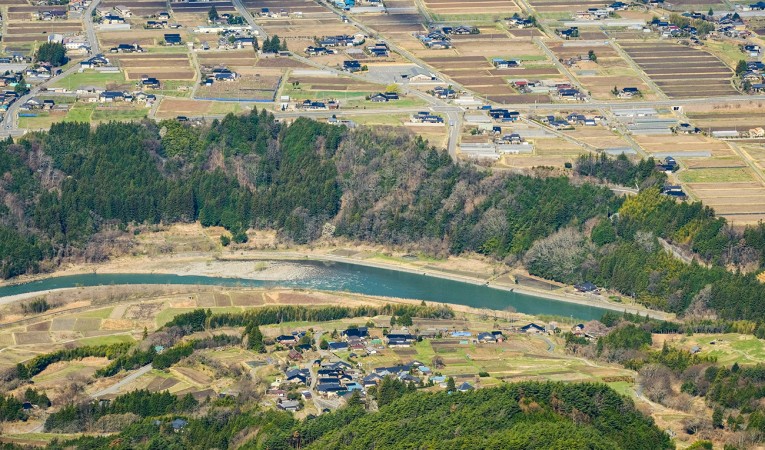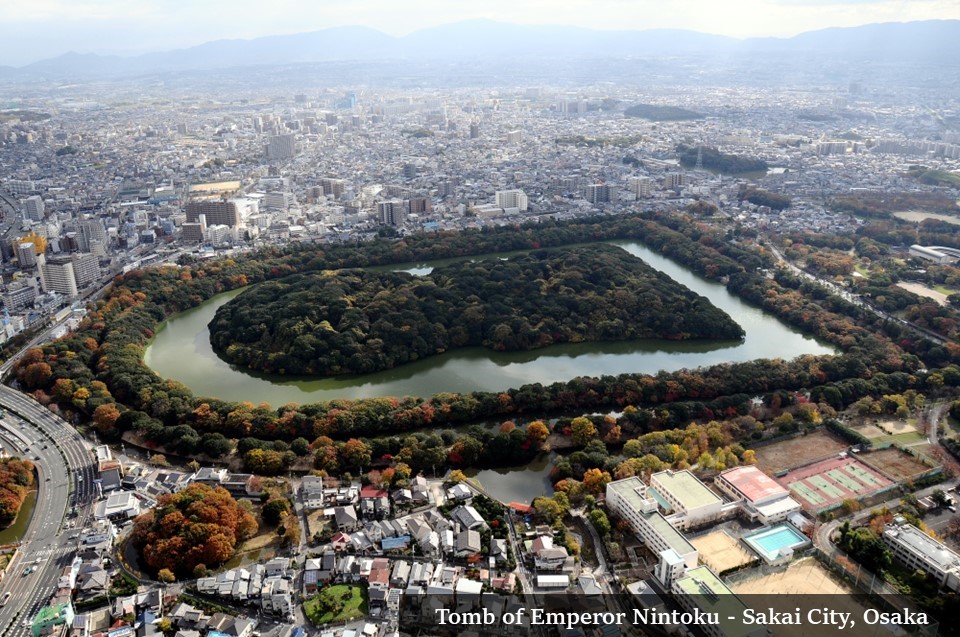How far back can you trace your ancestors using koseki?
By starting with the koseki where you were registered at birth, then going back to your parents’ koseki before they married, and so on, you can gradually uncover the connections between your ancestors and distant relatives. But how far back can you go with koseki? That depends largely on how long these records are kept at local government offices.
What are “Closed Koseki” (Joseki) and “Revised Original Koseki” (Kaisei-Genkoseki)?
Generally, your current koseki includes you, your spouse (if married), and any unmarried children. If you are unmarried, your parents are also listed. For example, a koseki in which all of the children have married and moved out would normally only list the parents.
A koseki remains active as long as there are living people listed in it. However, when everyone listed dies or moves out through marriage or other reasons, the koseki is closed and becomes joseki.
Cases in Which a Koseki Becomes Joseki (除籍)
- When individuals are removed due to death or marriage.
- When no living individuals are left in the koseki.
- When a family moves its permanent domicile (tenseki), the old koseki is closed.
It’s important to note these distinctions to avoid confusion. A copy of a closed koseki is called a joseki tohon (除籍謄本).
Another type of closed koseki exists due to changes in the Family Register Act or changes in management systems. These are called Kaisei-Genkoseki (改製原戸籍), and a copy is called Kaisei-Genkoseki Tohon (改製原戸籍謄本).
Evolution of the Koseki System
The koseki system has undergone many changes over the years. Let’s take a look at its historical development:
Meiji 5-Style Koseki (1872)
The first unified national family register in Japan, known as “Jinshin Koseki,” was established in 1872. It used the family address as the basis for organization and also served as a record of residence and social status, similar to today’s residence certificate (juminhyo).
Meiji 19-style Koseki (1886)
This revision replaced the address numbering system with a lot numbering system. This reform also introduced the concept of joseki.
Meiji 31-style Koseki (1898)
The establishment of the family system (i.e., seido) under the Civil Code brought about significant changes. Koseki were organized by family units rather than individual addresses, and additional registration books, such as status registration books, were introduced.
Taisho 4-Style Koseki (1915)
The status registration book system was abolished and more detailed entries were made in the koseki. Mixed use of earlier styles continued until this system was fully adopted.
Showa 23-Style Koseki (1948)
With the abolition of the family system under the revised Civil Code in 1947, koseki was reorganized around married couples, emphasizing individual dignity and gender equality. This style is the basis of today’s koseki system.
Preservation Periods of Joseki and Kaisei-Genkoseki: How Long Do They Last?
Previously, the preservation period for joseki and Kaisei-Genkoseki was 80 years. However, in 2010, this period was extended to 150 years. The starting point is the year following the closure of the koseki. While discarded after the preservation period in principle, many municipalities continue to store these records even after the legal period ends. However, obtaining copies of older joseki may not always be possible.
What About Joseki Before Showa 4 (1929)?
Many joseki before 1929 were discarded under the old 80-year preservation rule. For example, a joseki closed in 1929 would have been discarded in 2009, while a joseki closed in 1930 benefits from the 150-year rule and remains preserved until 2080.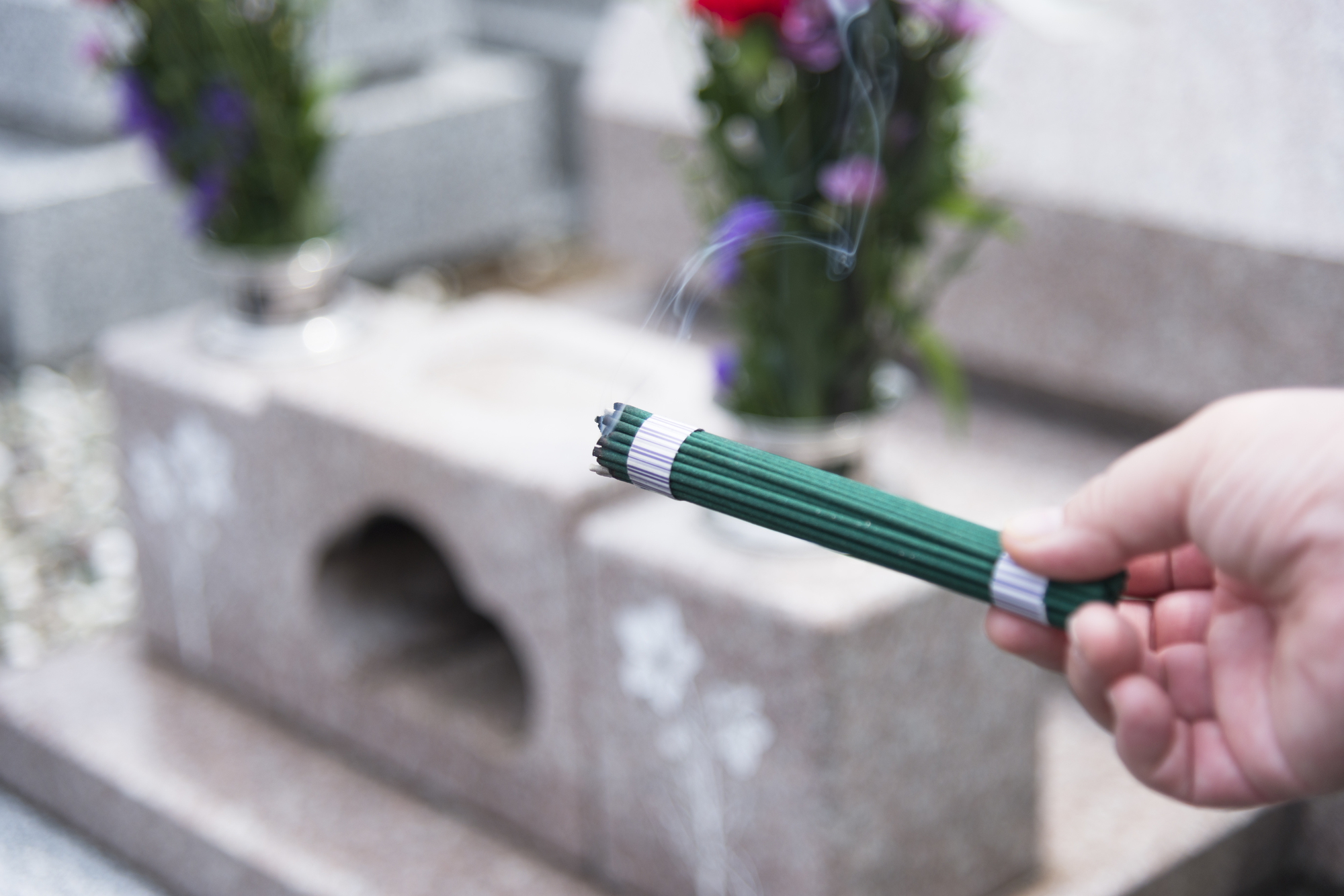
Conclusion
The extended preservation period for joseki offers a rare opportunity to trace your family’s history deeper than ever before. If you’ve ever been curious about your ancestors, now is a great time to begin your journey. Collecting copies of older koseki can be time-consuming but immensely rewarding, offering a meaningful connection to your heritage.
Request a Free Consultation



